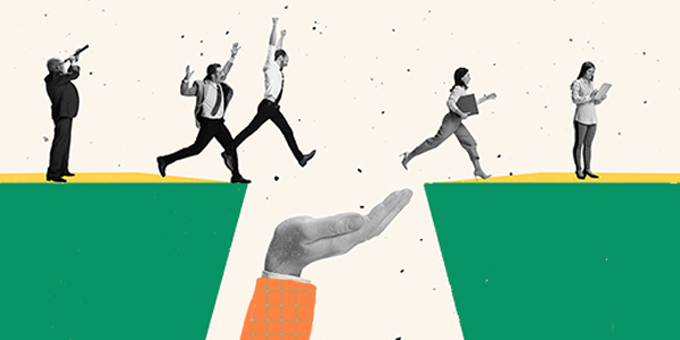

Angle
Hire Flexible Legal Talent With Clarity
3 Mins
Hiring flexible legal talent? Start with clarity. Learn how scoping calls reduce risk and improve candidate alignment.
Read MoreReimagine Contract Playbooks With Generative AI: Speed Meets Arbitrage
3 mins
Discover how legal operations leaders are using Gen AI to build smarter contract playbooks faster and cheaper. Learn how resource arbitrage is transforming CLM and reducing reliance on costly legal talent.
Read MoreEnhance Copilot Readiness With Strategic Business Function-Specific Prompt Training
3 mins




_1.png)


.png)



